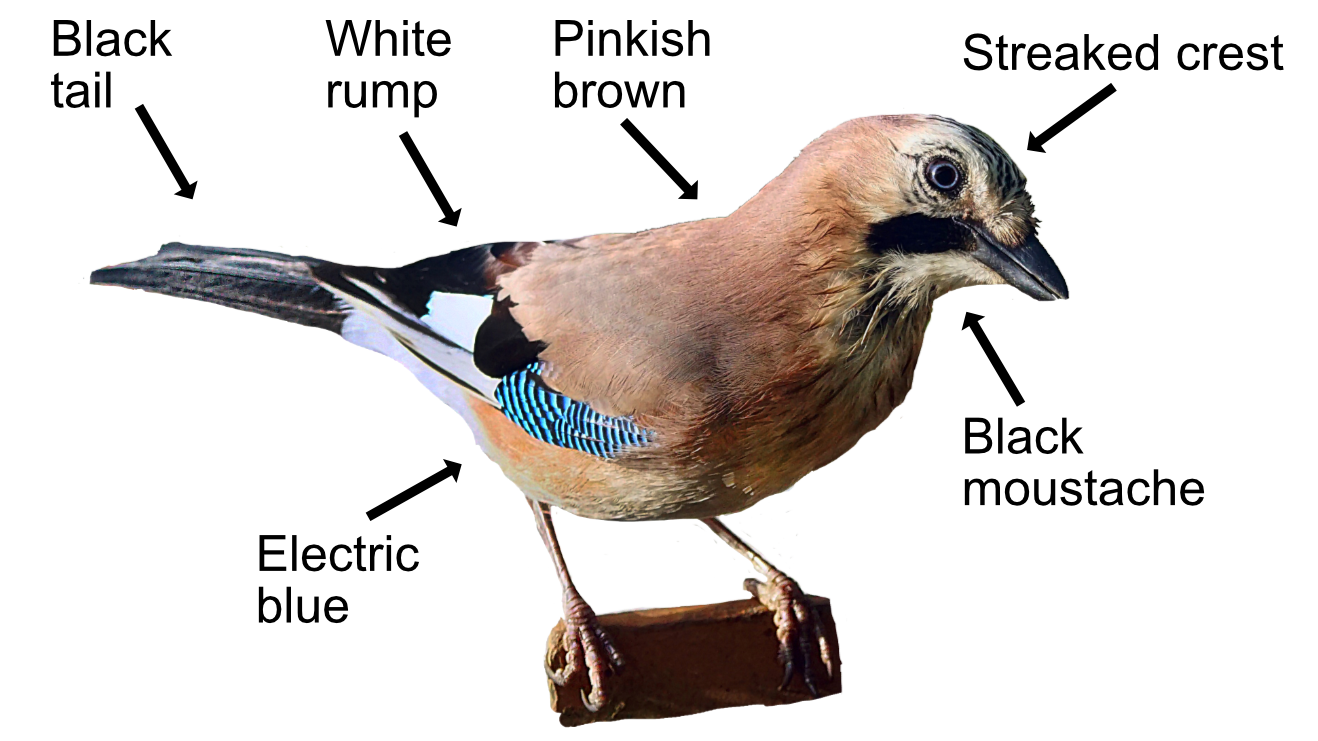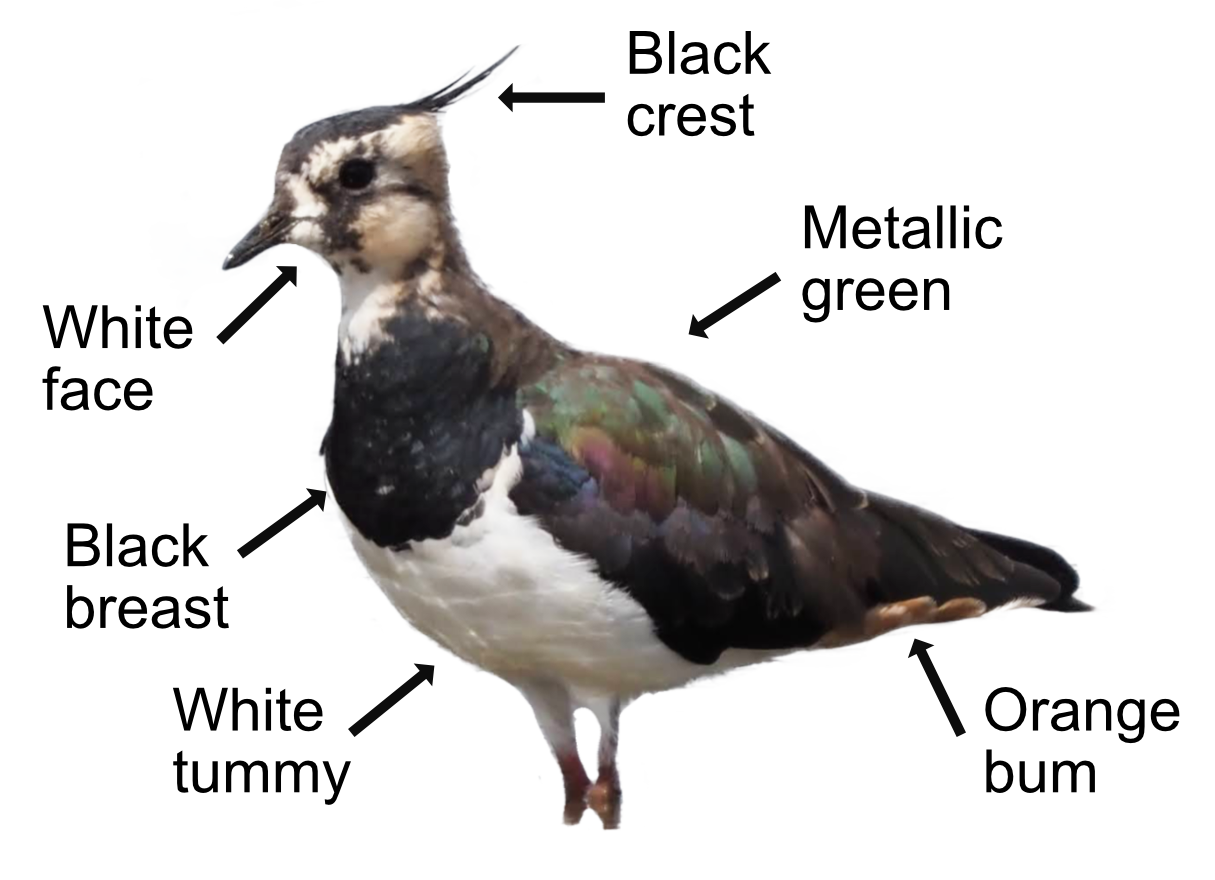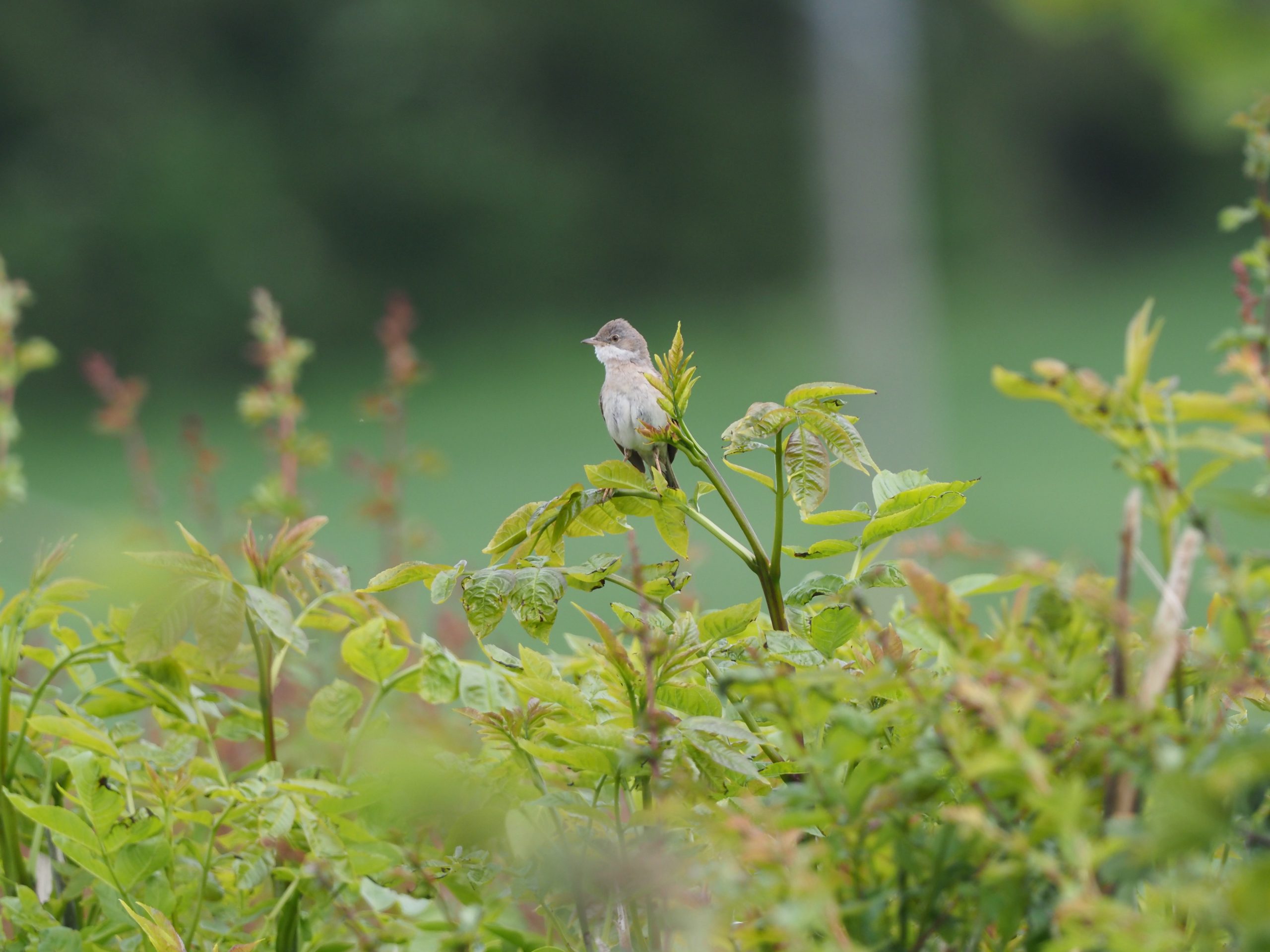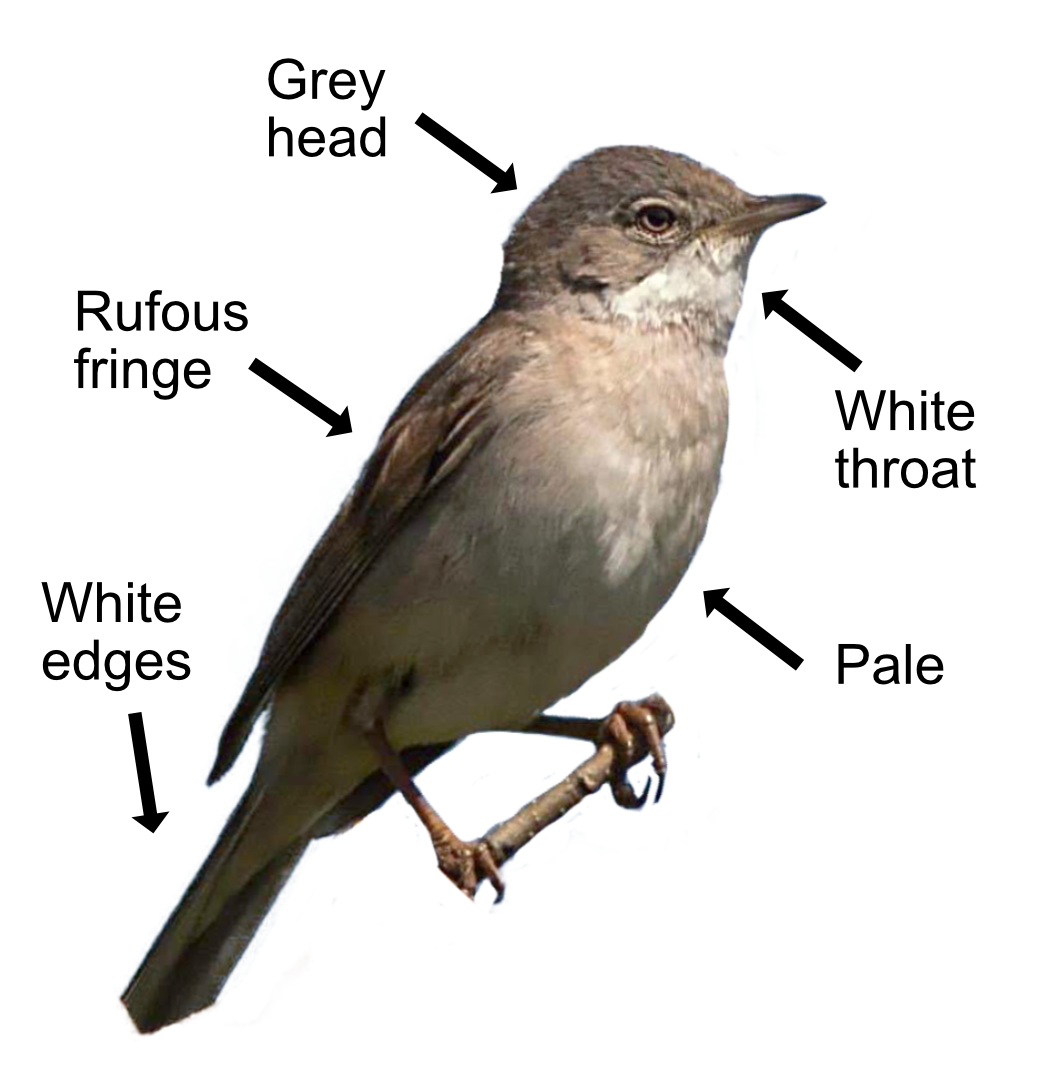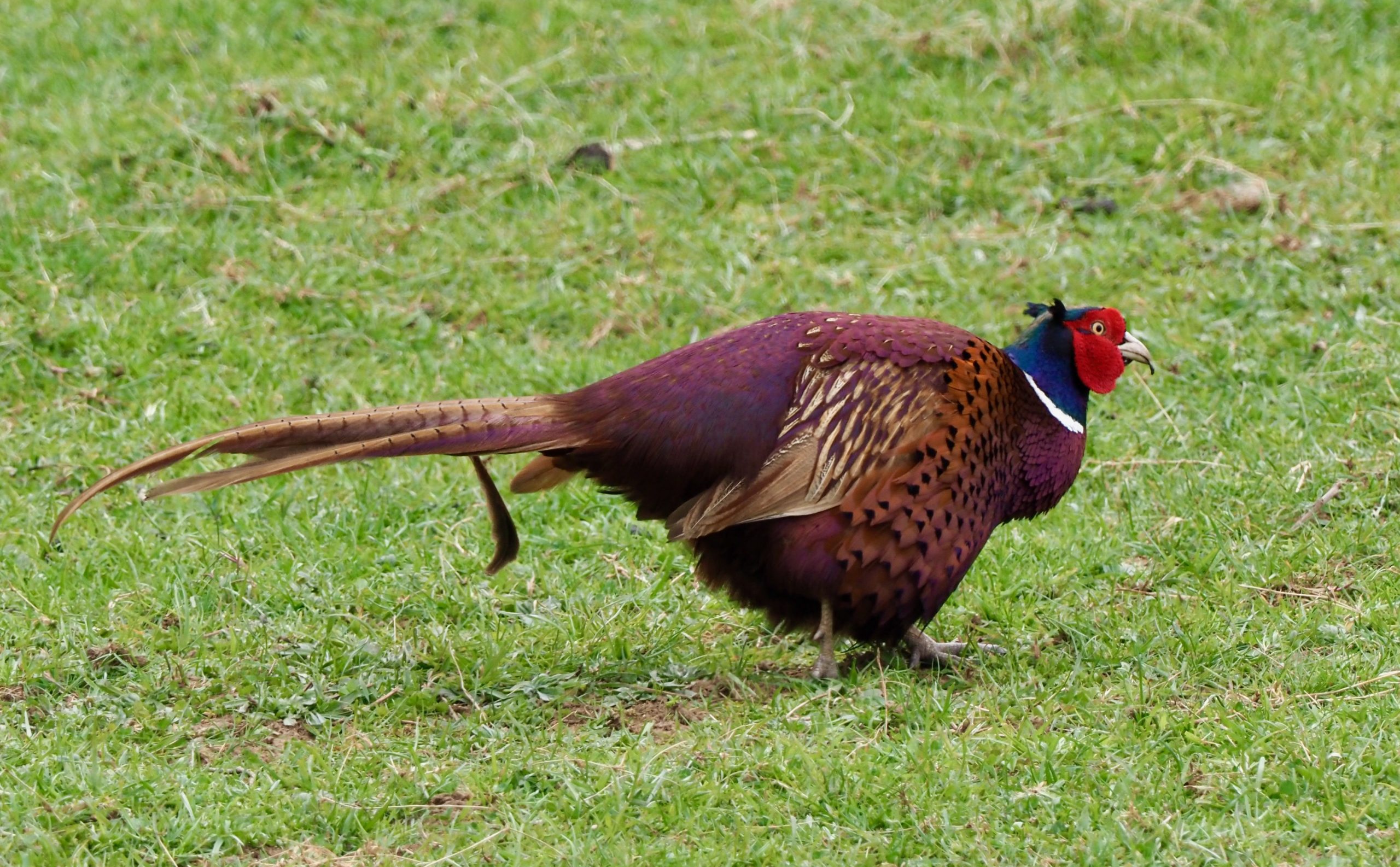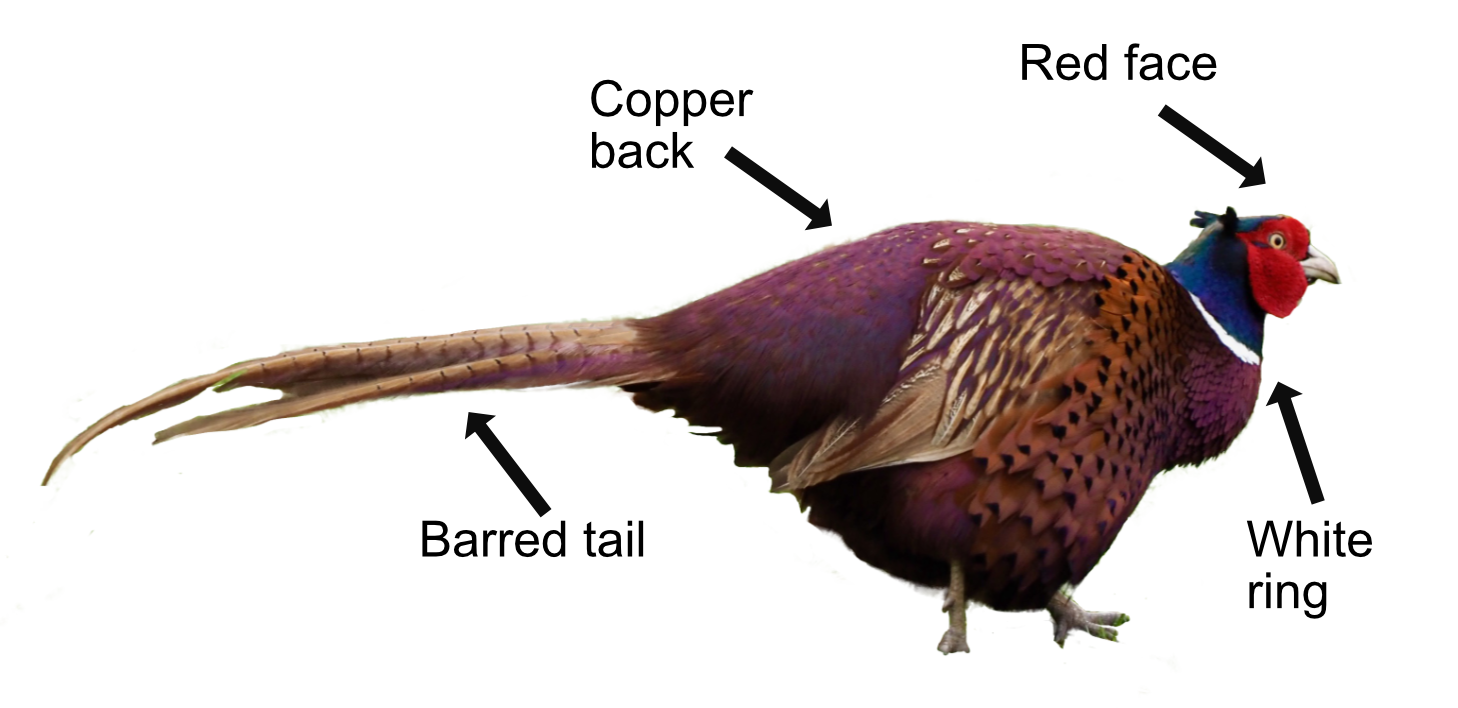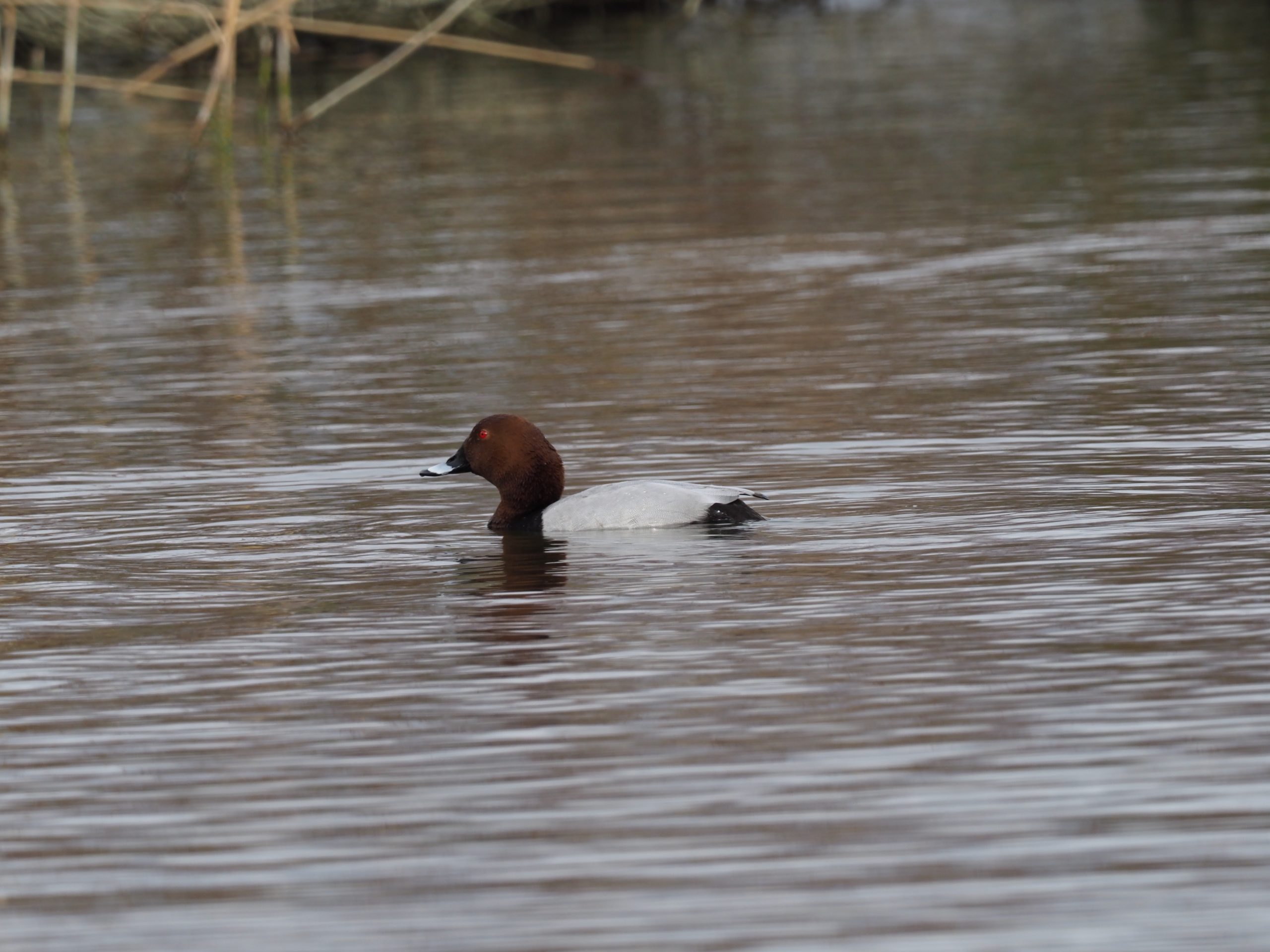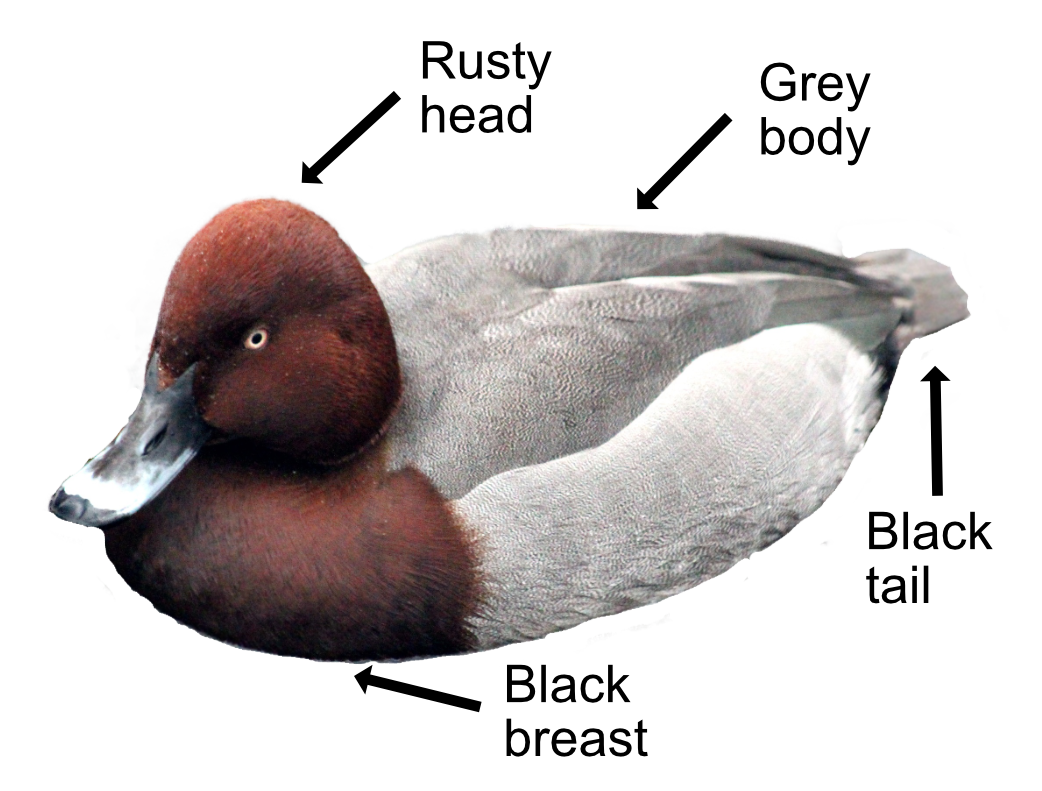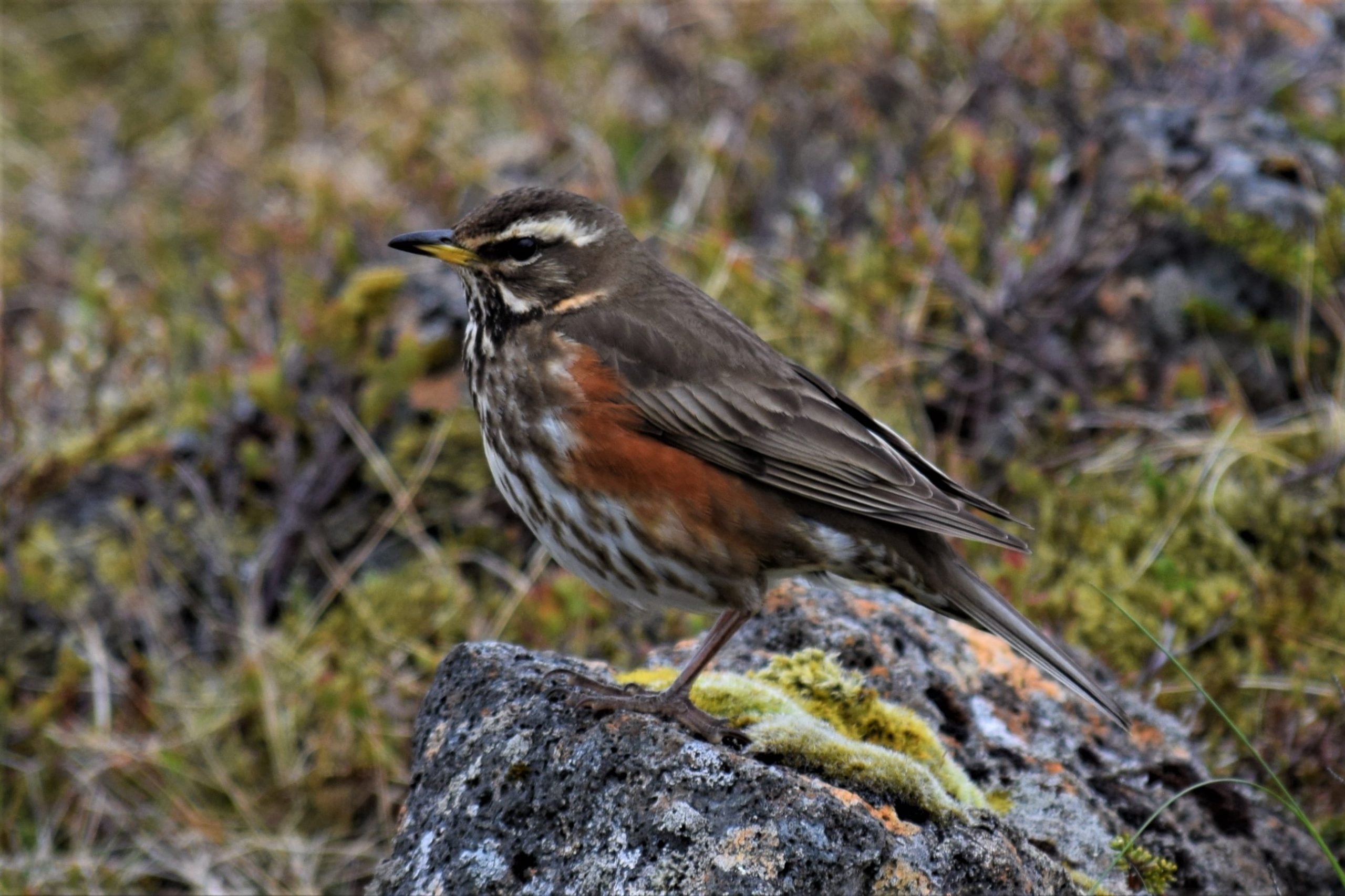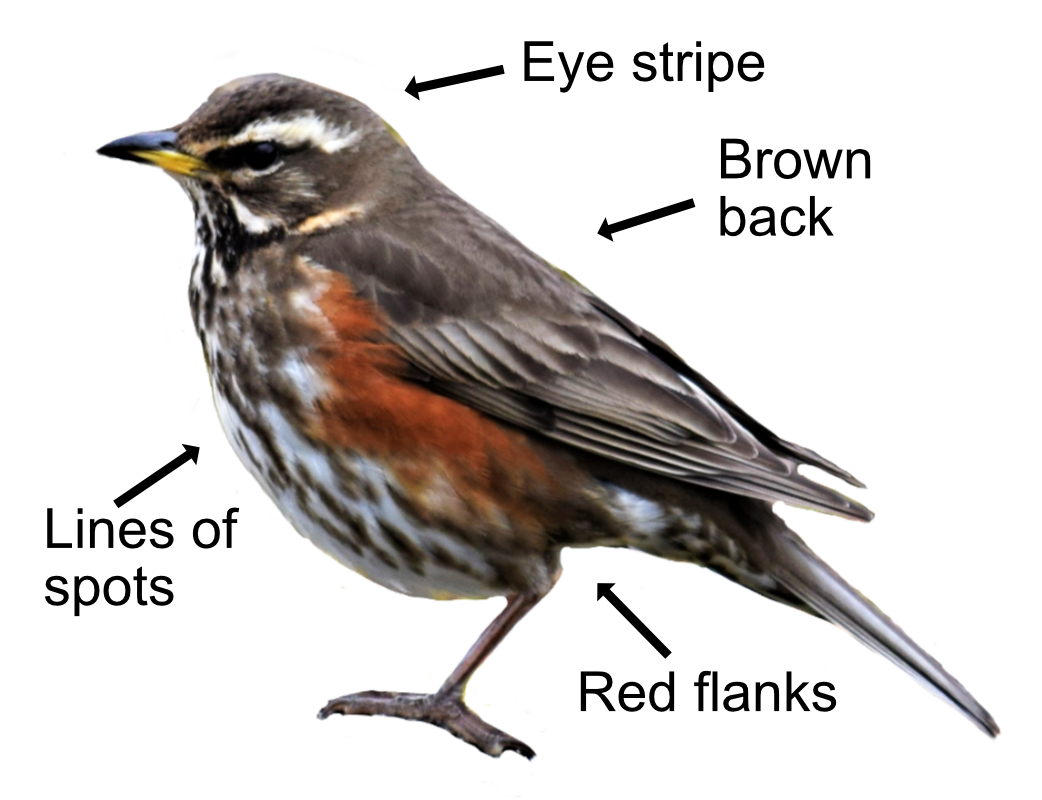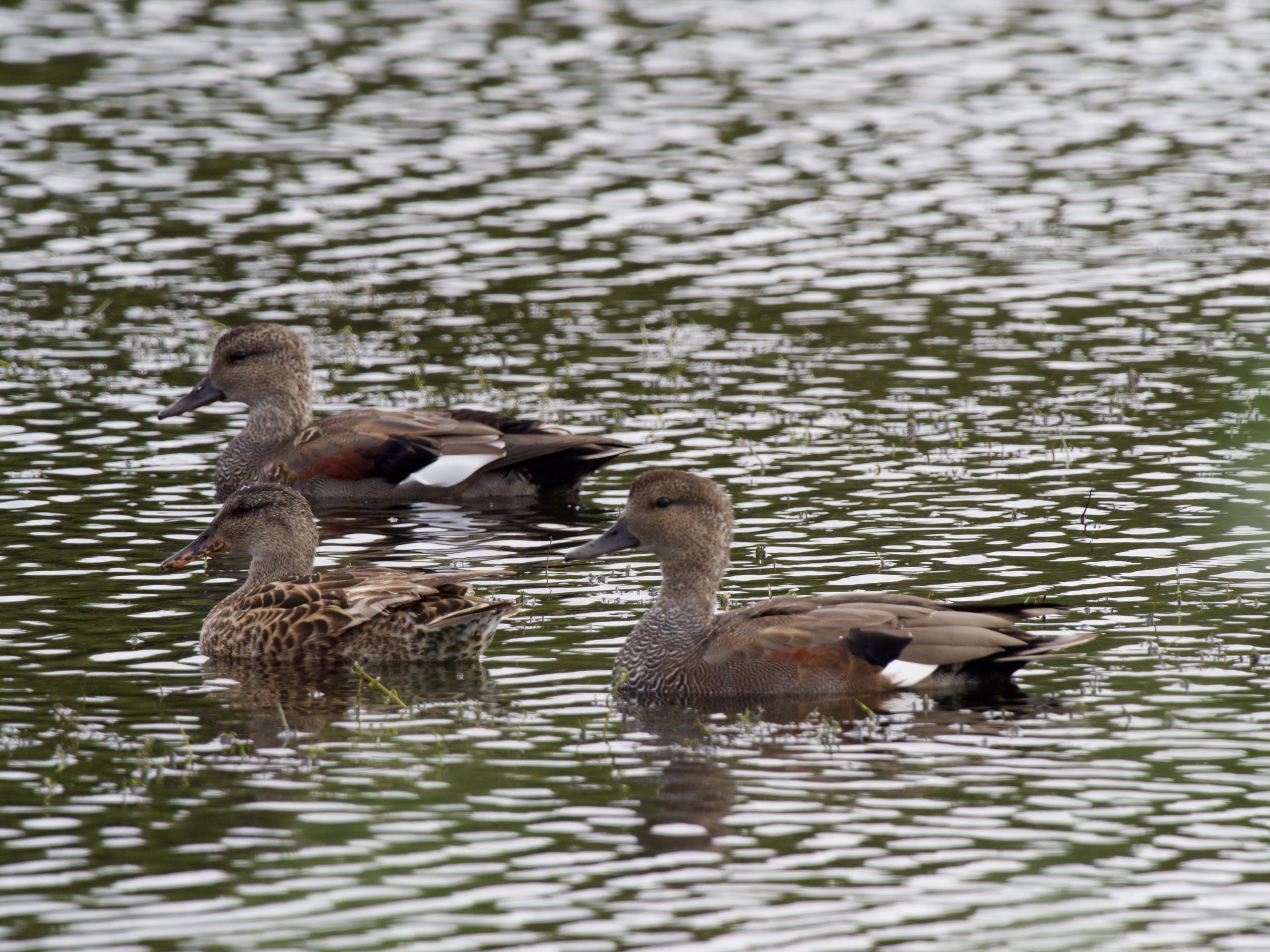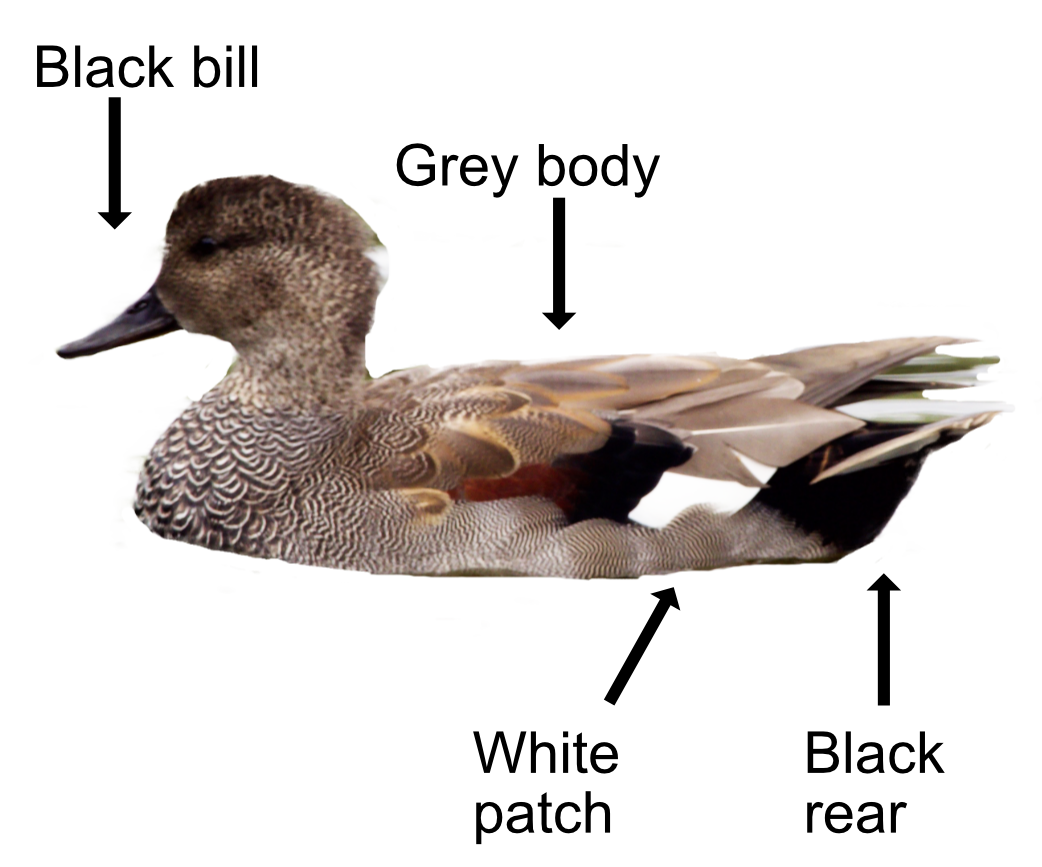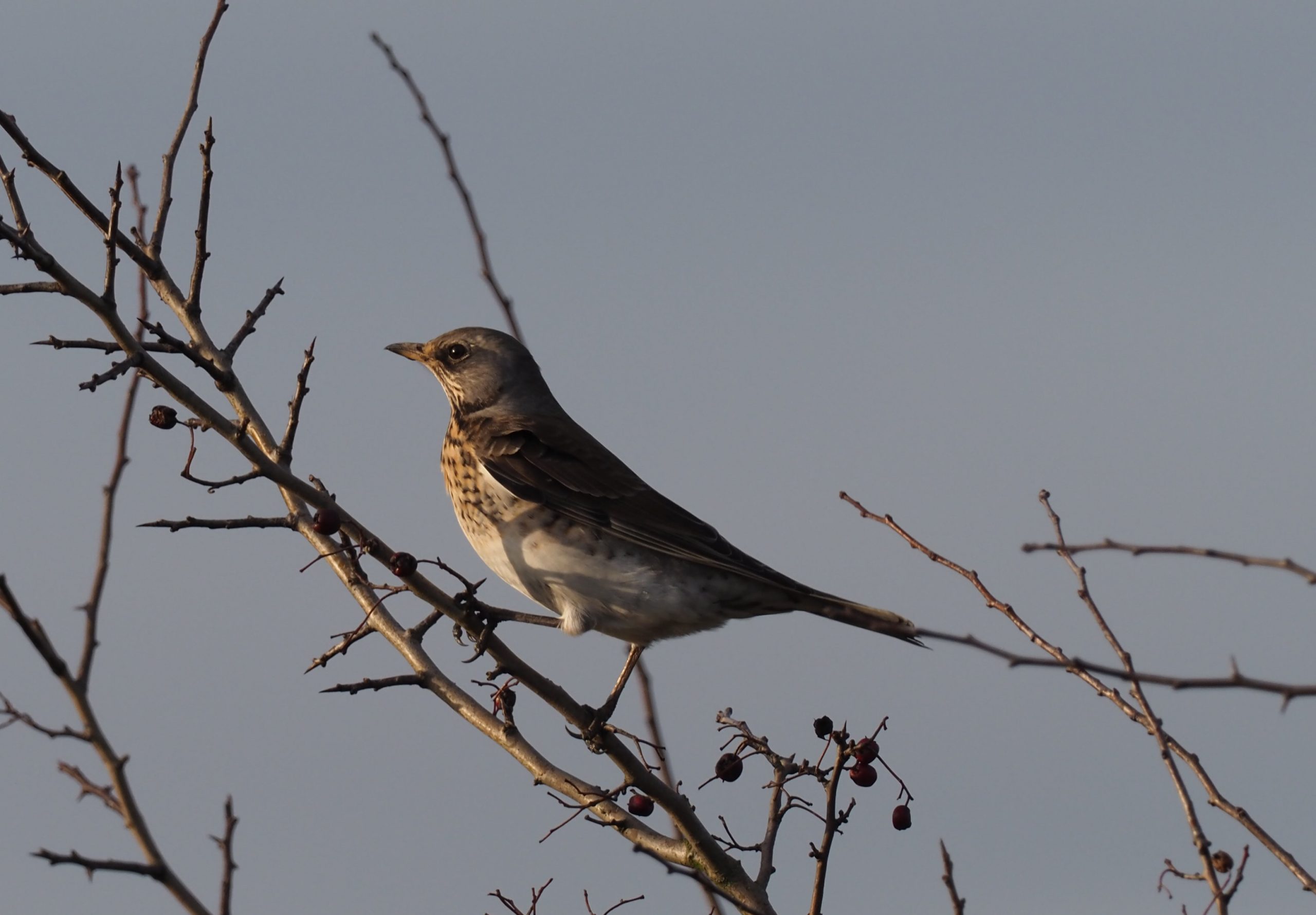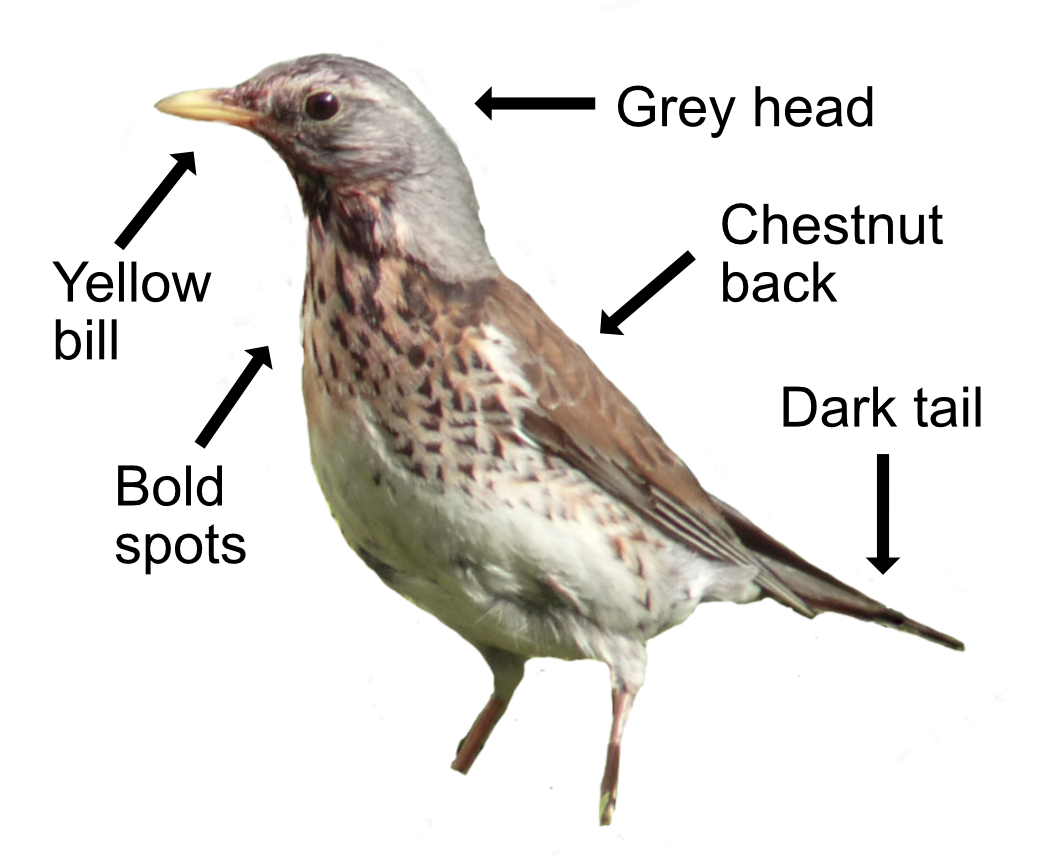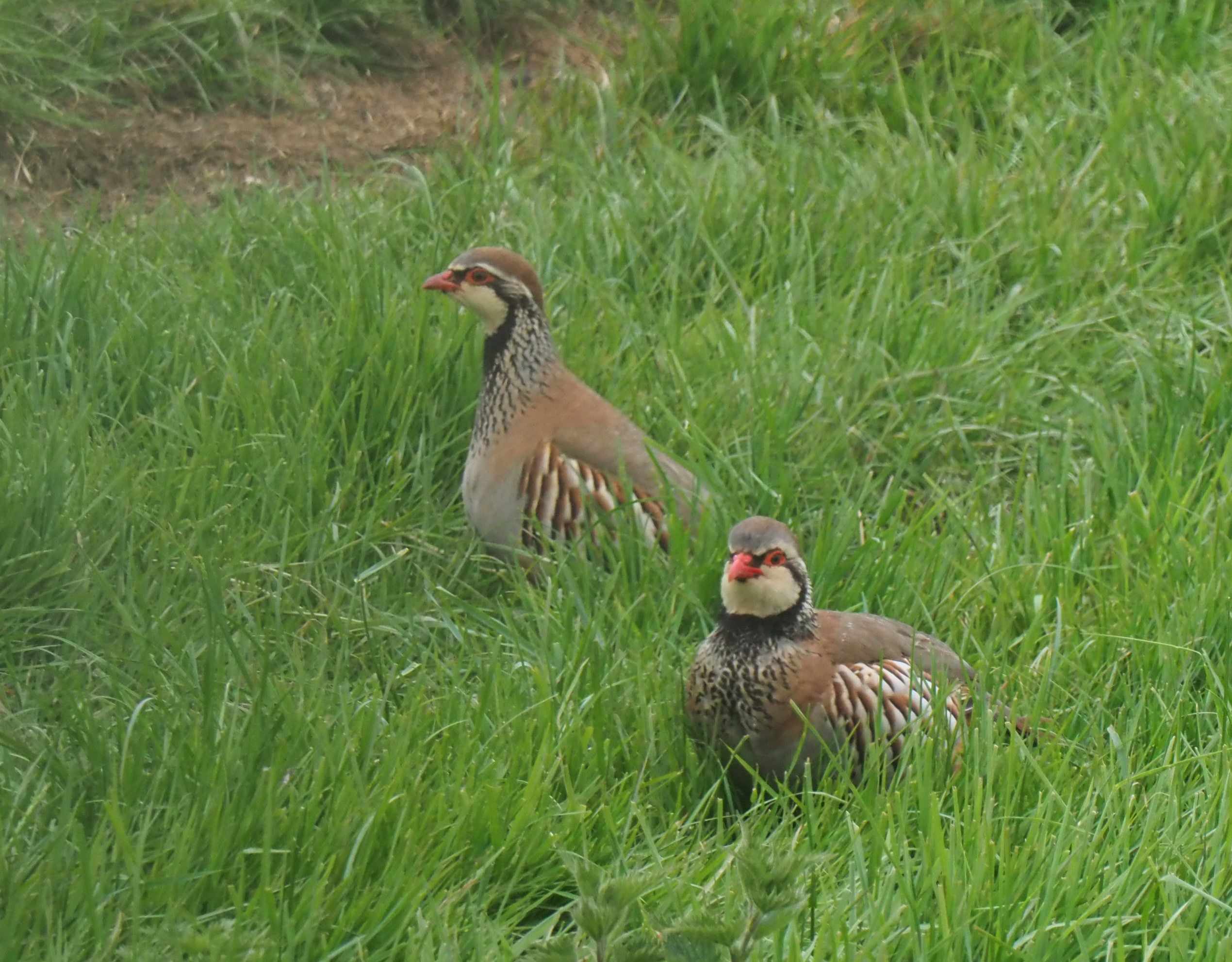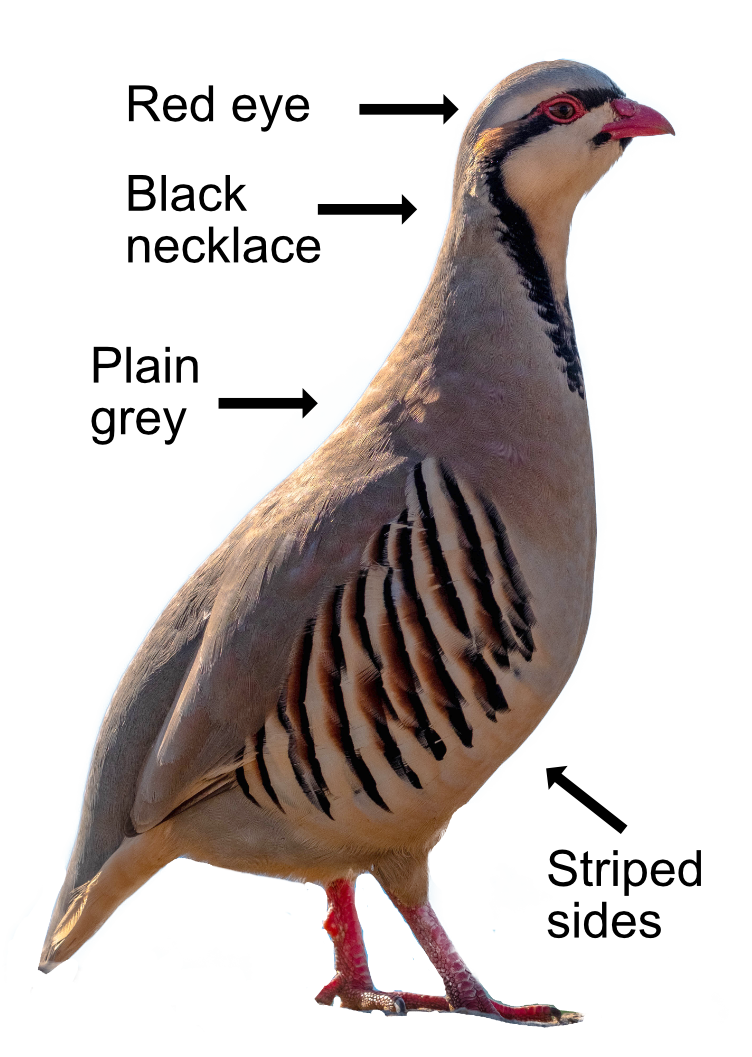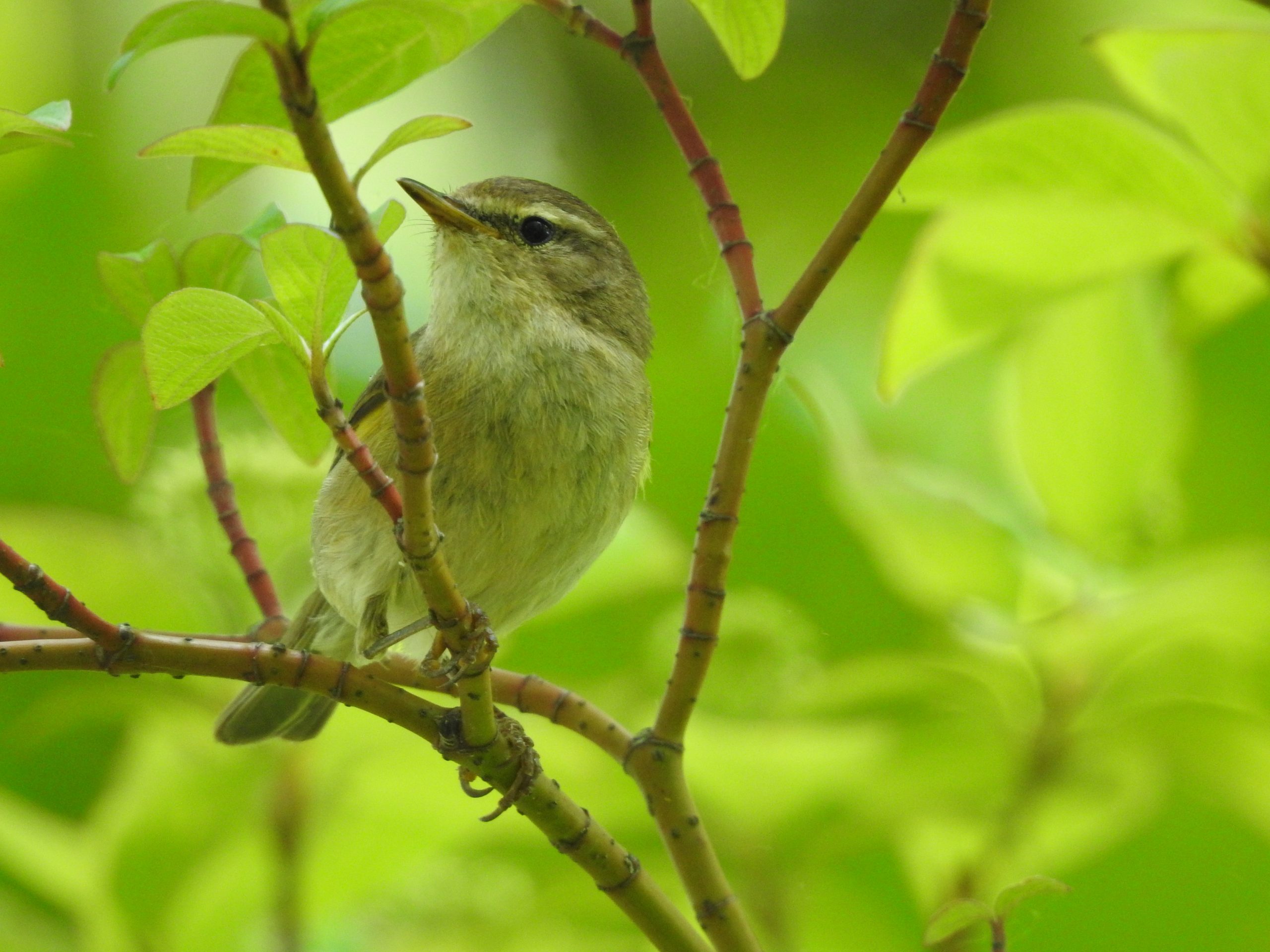
More often heard than seen, even though it is Europe's most numerous migrant warbler. It winters in Central and Southern Africa journeying 12,000 km to come here, arriving in April before leaving again in August.
The Willow Warbler is a slim-looking bird, smaller than a Blue Tit. It has brown-green upperparts, yellowish underparts (very yellow in youngsters), pale legs, a pale stripe over the eye and a longish bill for its size. Bird books say it has longer wings and a longer body than a Chiffchaff, though this is impossible to tell unless they stand next to each other (which they never do). The Willow Warbler is less restless than the Chiffchaff, though the best way to tell them apart is by their song. The Chiffchaff bangs out his marching tune whereas the Willow Warbler sings a sweet cascading run of notes that trickle down the scale. Their contact calls are also subtly different. The Willow Warblers' is a two syllable 'hoo-eet', distinct from the Chiffchaff's single syllable 'hweet'. Like most other warblers, they eat insects, spiders and berries.
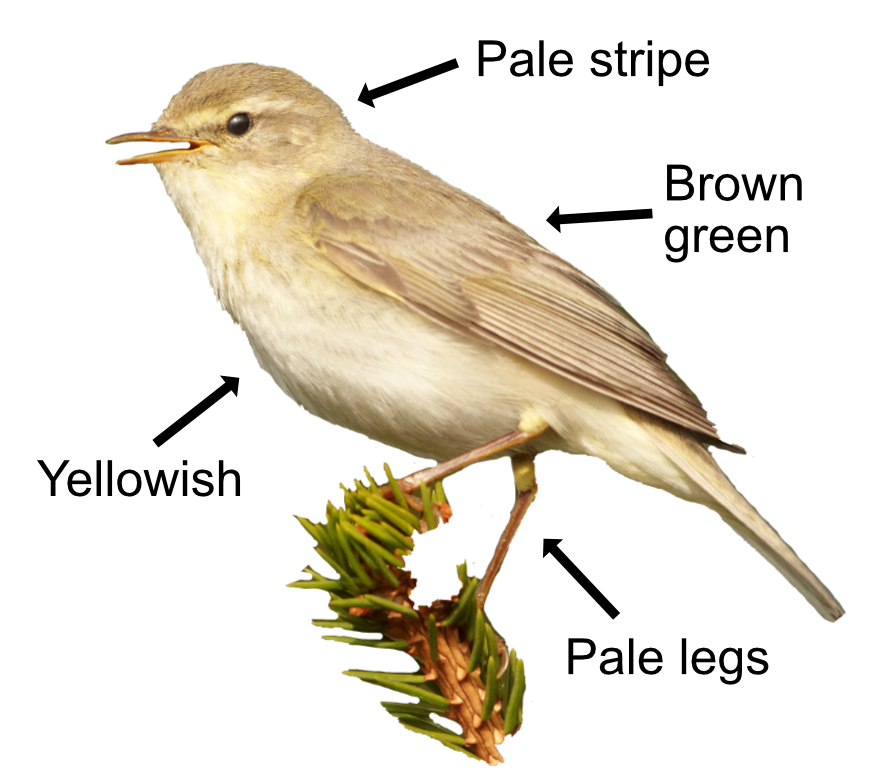
They are unique amongst British warblers by moulting twice in a year. Once after nesting, to look smart for the journey back to Africa, and again in Africa to look good for the ladies when they come back in spring.
The male Willow Warbler returns first to take up a territory, usually at a woodland edge, and sings to attract a female. The more varied his song, the more the ladies like him. Some males will have more than one female at the same time, though most will have a single female as keeping two ladies happy is very tiring. Some males will have a second brood with a different partner. The divorce rate amongst willow warblers is high! The female builds a domed nest with a natty side entrance in late April or early May amongst vegetation on the ground. It is made of leaves, moss, and lichens. She incubates the 4-8 eggs, which hatch after 12 days. The young can fly 12 days later but depend on mum and dad for two more weeks to feed them.
The oldest Willow Warbler lived to be 10 years old, flying the 20,000 km (there and back) ten times, which is quite something! There are 3 million territories in Britain though the population, especially in southern Britain, has undergone a moderate decline over the past 25 years making them an Amber List species. The reason for the decline is unclear, but may be linked to a reduction in the number of insects because of pesticides.
Their Latin name is 'phylloscopus trochilus' and comes from the Ancient Greek 'phullon' for 'leaf' and 'skopos' for 'seeker', with 'trokhilos' meaning 'wren'. A leaf seeking wren - which fits perfectly with them sometimes being called a 'willow wren'.

